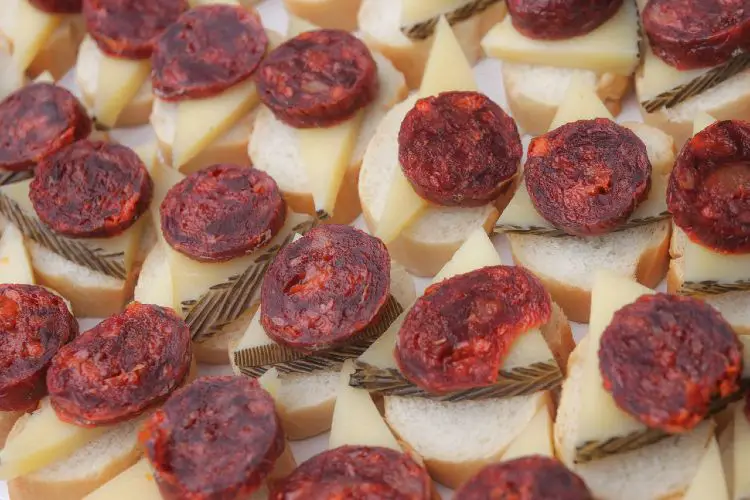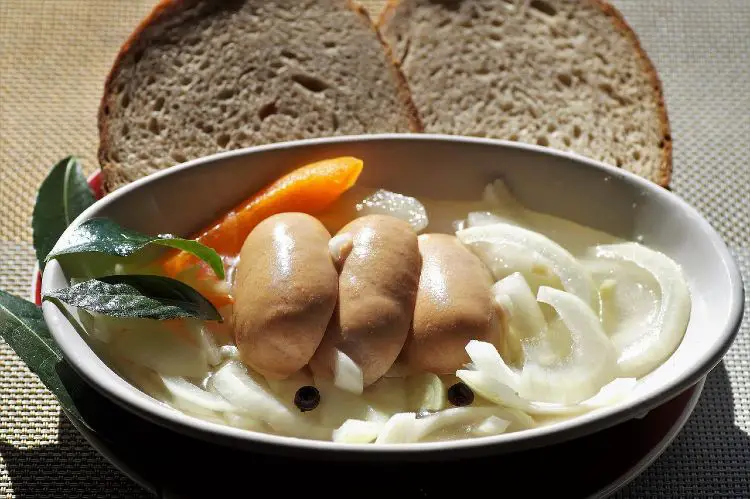Top Ten Tips from The White Horse at Otterbourne
The small, handsome village of Otterbourne, named after the Otter Bourne stream, lies on an old Roman road between Winchester and Southampton. A new pub company has recently taken over The White Horse Village Inn and, methinks, the locals are jumping for joy. It forms part of the Ideal Collection group of five Hampshire pubs. As well as The White Horse, founder Matthew Boyle runs The Bugle in Hamble, No5 Bridge Street Winchester, The White Star and the Cantina bar and restaurant, both in Southampton, which makes the group small enough to pay close attention to the smaller details but large enough to have certain economies of scale as a buyer of goods and services. Hence the good value.
The village pub is a challenging business to run successfully, and in 2011 it is estimated that two pubs closed every single day. The White Horse is living testimony to how a good village pub can flourish and succeed even in challenging times, and in my continuing series of Ten Top Tips looking at how good businesses create their own good fortune, I am going to tell you their winning approach, which any hospitality business owner can take on board to help get those customers through the door.
The entrance
You only get one chance to make a first impression. The White Horse Inn has recently undergone a renovation and the building is newly painted, in neutral heritage colours, with a beautiful logo on the front elevation. You do not have to spend a fortune on branded paint, but the look of care and pride is very important. There is good quality garden furniture all around the building and a tidy, spacious car park. The moment you arrive you know that you have made the right choice. Luring customers from the pavement and from passing traffic is vital and you cannot beat a clean, fresh uncluttered entrance.
The foot through the door
The moment you step into The White Horse you are met with an open shelf of vintage finds and old books. It’s a very unusual technique, to separate the pub into small, more intimate spaces so that you do not walk straight into a big, intimidating room. These things cost very little in junk shops, charity shops and car boot sales, so with a bit of imagination anyone can do it.
The welcome and service
Chris Lidgitt, the Manager, is originally from Harrogate in Yorkshire, and has a cheery welcoming disposition. His soon-to-be-wife is Emma Berriman, the Head Chef. They are young and friendly, as is the gentleman behind the bar. The air is casual and relaxed and although waiters tend to your needs they don’t invade your privacy or conversation. There is “attention balance”. We came for lunch on a Thursday and by 12.30pm the dining room was filling up, yet the momentum was maintained.
The bar
I came to lunch here with my elderly mother. Half of the world’s population is female, a fact lost on many inn owners who do not take into account how intimidating it can be approaching a bar, particularly to older consumers, who are in the demographic majority. A clean, welcoming well lit bar is extremely important in not alienating the ladies. At The White Horse I would be happy to sit at it, order from it, eat snacks at it and converse.
The furnishings
Although it is evident that a considerable investment has been made with regards to buying high quality upholstered and leather armchairs, wooden tables and chairs and framed pictures, this look can be achieved on a budget also. The money has been spent in the right areas and not wasted on unnecessary frivolity. Comfortable armchairs mean customers will spend more time relaxing in your pub and as they do so they will spend more money. Having prints of the local scenery and countryside also makes village residents feel part of your establishment. God is in the detail: lots of hooks for coats in winter; spotless loos with fragrant soap and hand cream; clean windows; a well laid out garden screened by wicker panels; lots of logs at the ready for fireplaces; a grill fronted cupboard so that you can inspect bottles of wines; quiet corners for business meetings or romantic couples; plenty of space between dining and bar tables, entrances and exits; no carpets.
The menu
On a simple A4 piece of typed paper with the logo of the inn at the top is a short and seasonal Menu. There are just six bar snacks, six types of sandwiches, twelve starters and main courses that are listed together, five puddings and two specials on the board. The emphasis is on good, old fashioned favourite dishes done with contemporary flair. There is reference to Hampshire producers and clear, simple, correct terminology of what the diner can expect. This is the classic food everyone wants to eat, no fusion confusion and plenty of “umami” ingredients that go well together.
The cooking
The style of cooking at The White horse is thoughtful and modern, with very little promised in writing but much delivered in the execution. So, for example, “Poached pear, rosary goats cheese, walnuts, Hampshire watercress” turns out to be a pear puree with chicory leaves, goats cheese that has been whipped to fluffiness, breadcrumbed and fried in round balls, sitting on a walnut sauce with a watercress salad. It is accomplished cooking, yet the flavours are clear, delicious and distinct. It cost £5.50! The bread is freshly baked, the butter is artisanally made, the salt is sea salt.
The presentation
The presentation skills displayed here are quite exemplary and refreshing: simple, unfussy and artistic. You have come to eat lunch, not a painting, yet it is uplifting and joyful to eat beautiful food presented on well-chosen china and accessories.
The wines
The wine list is sourced by Bibendum Ltd. and right across the ranges of Champagne, Prosecco, white, red and rose wines, ports and dessert wines they have shown good regional knowledge and diversity, provide a wide ranging selection of wines by the glass (at very good value) and an interesting flavour wheel of what to drink with what sort of dish.
The cheeses
Hampshire is an important county for cheeses, and it is good to see Old Winchester and Stoney Cross from Lyburn farm (both vegetarian rennet cheeses) on the Menu (no Tunworth cheese though). The blues are Dorset Blue Vinny and the Barkham. The chutney is homemade, the biscuits are from Fudges. Some diners travel to certain pubs specifically for the cheese board and it is often one of the most neglected areas. A cheese board is a good way of making money because the preparation time is small and the affinage is done for you by a good wholesaler. Artisanal cheese knowledge and consumption is on the rise, so it is important not to get left behind.
Further Information
The White Horse Otterbourne: www.whitehorseotterbourne.co.uk
Follow the team on Twitter: @White_Horse_Pub


